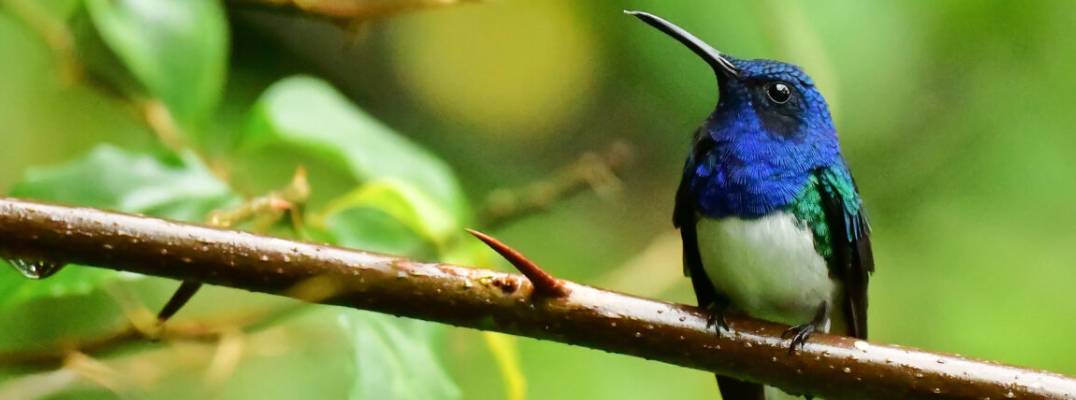A team of researchers in Panama has discovered a baby White-necked Jacobin hummingbird with fluffy, caterpillar-like feathers-a potential case of mimicry to evade predators. The finding, led by scientists from the University of Colorado Boulder and the Smithsonian Tropical Research Institute (STRI), highlights how collaboration and keen observation can unveil nature’s hidden wonders published in Ecology.
The discovery began when researchers Michael Castaño-Díaz and Sebastián Gallan Giraldo spotted a White-necked Jacobin nest in Soberanía National Park. They monitored the nest alongside Jay Falk, a National Science Foundation postdoctoral fellow, who had previously studied the species’ unique female plumage. Upon hatching, the chick’s long, downy feathers resembled those of toxic caterpillars—a trait never before documented in hummingbirds.
The team noted similarities to the Cinereous Mourner, a bird whose chicks mimic harmful caterpillars. Further comparisons revealed that most hummingbird chicks lack such feathers, suggesting an evolutionary adaptation. The nest’s covering of hairy Balsa tree seeds also hinted at possible camouflage.
During observations, a carnivorous wasp approached the chick, which responded by shaking its head like a caterpillar-a behavior that may deter predators. With hummingbird nests often exposed and vulnerable, such strategies could be critical for survival.
“This could be a fascinating example of mimicry or camouflage,” said Falk. “But we need more research to confirm whether this is a widespread trait or an isolated case.”
The discovery underscores the importance of teamwork and curiosity in scientific breakthroughs. Future studies will explore whether this adaptation is common among White-necked Jacobins or other hummingbird species, offering new insights into avian survival tactics in tropical ecosystems.
